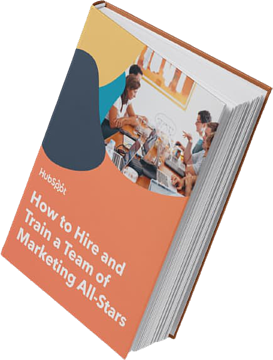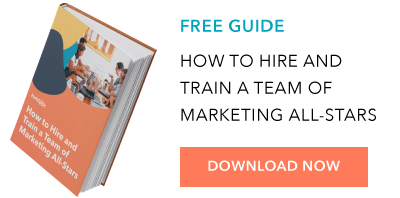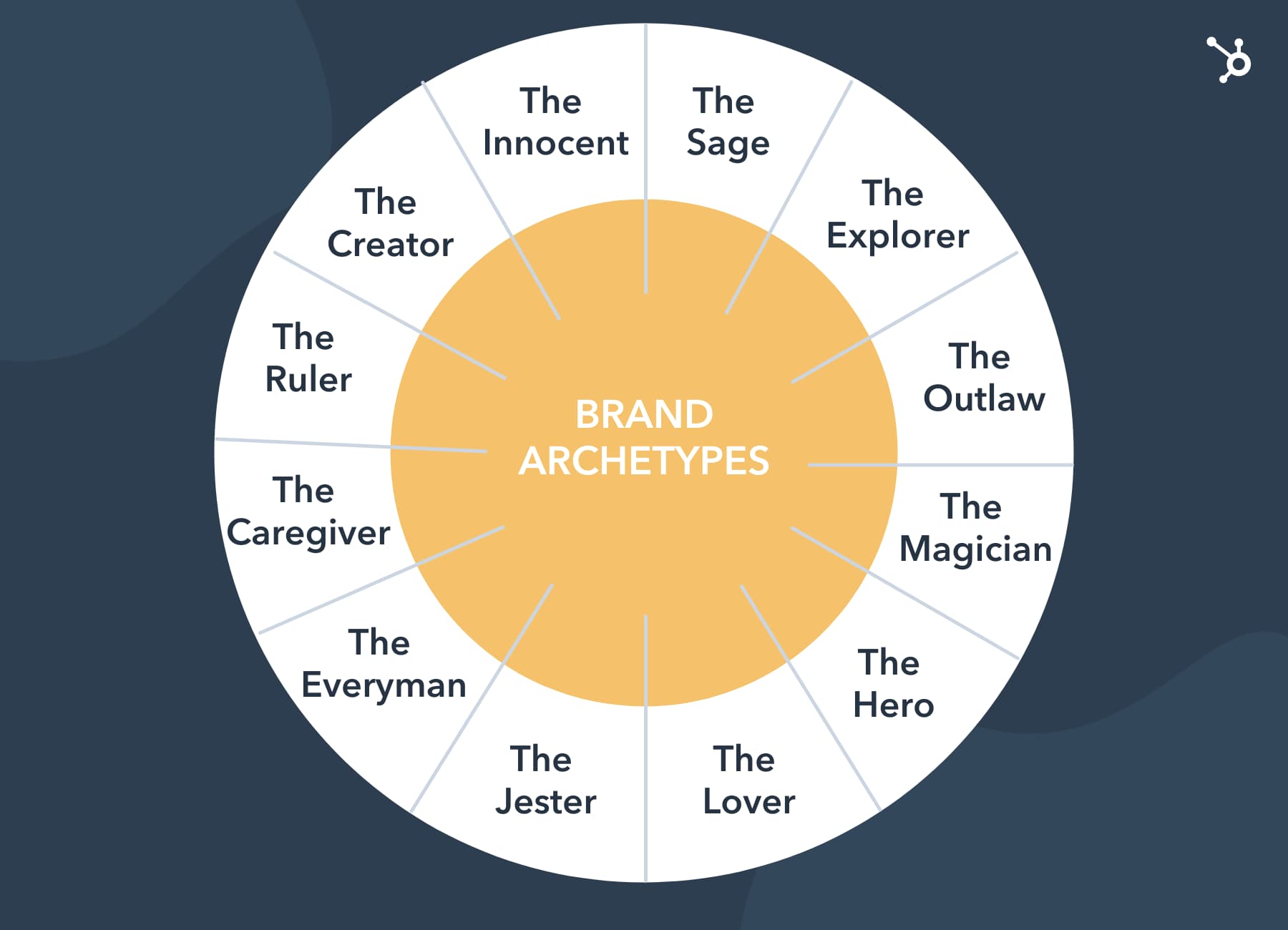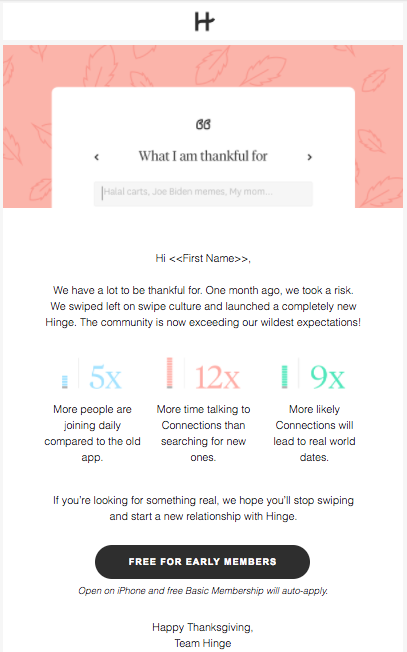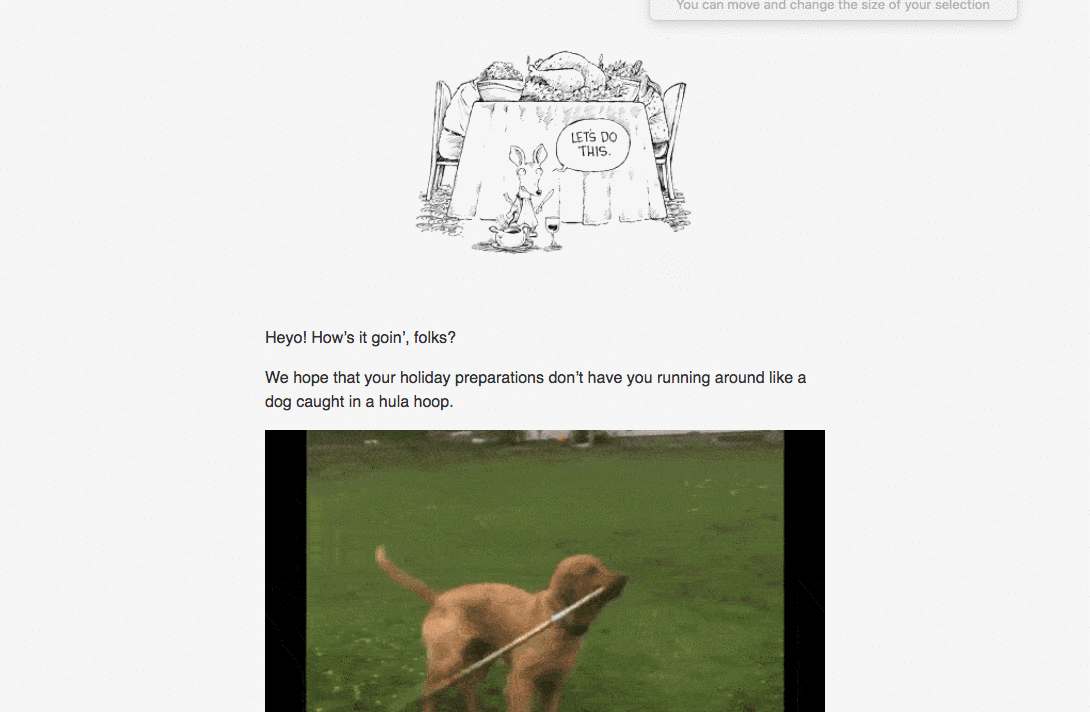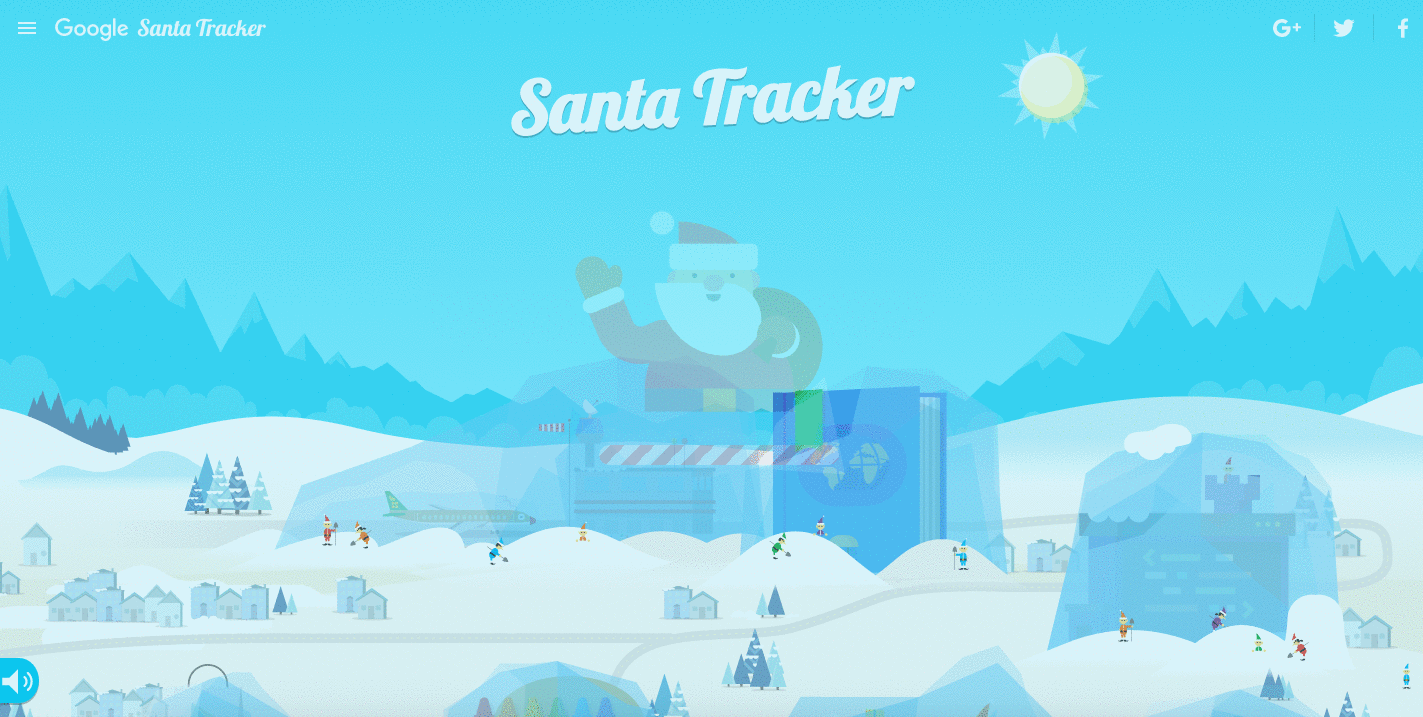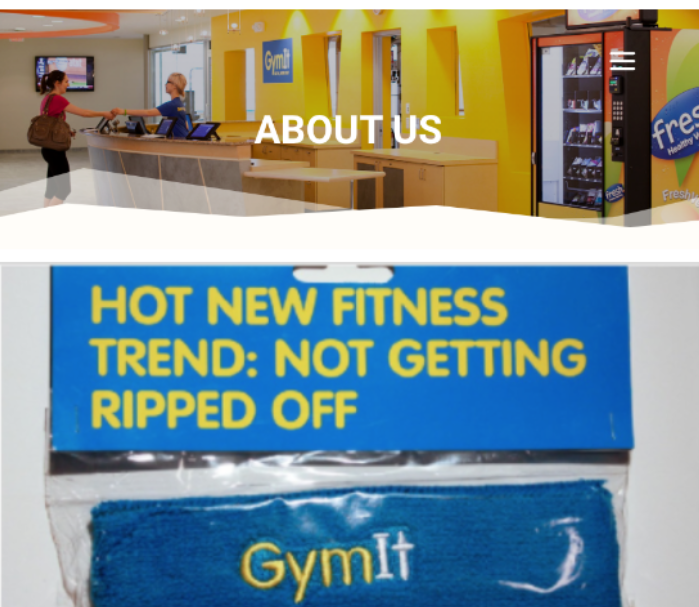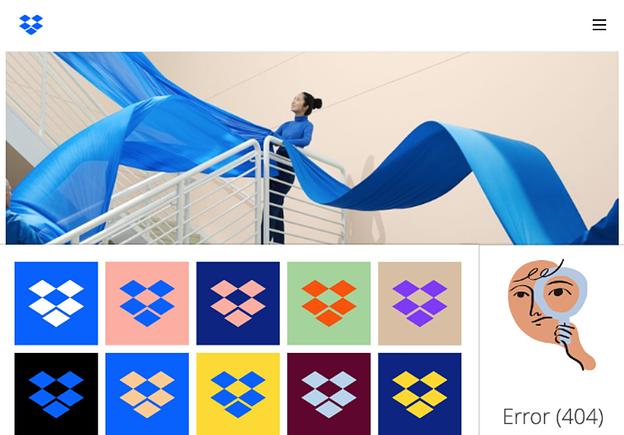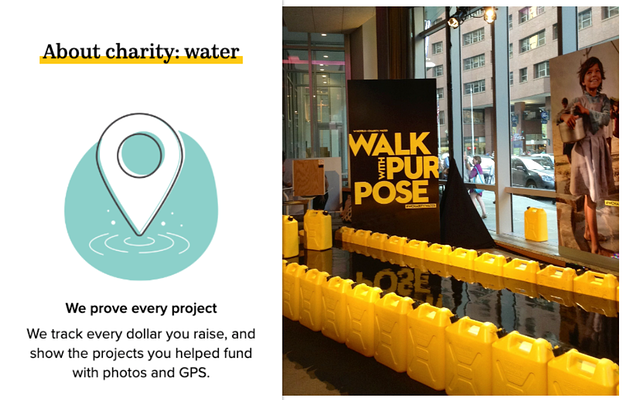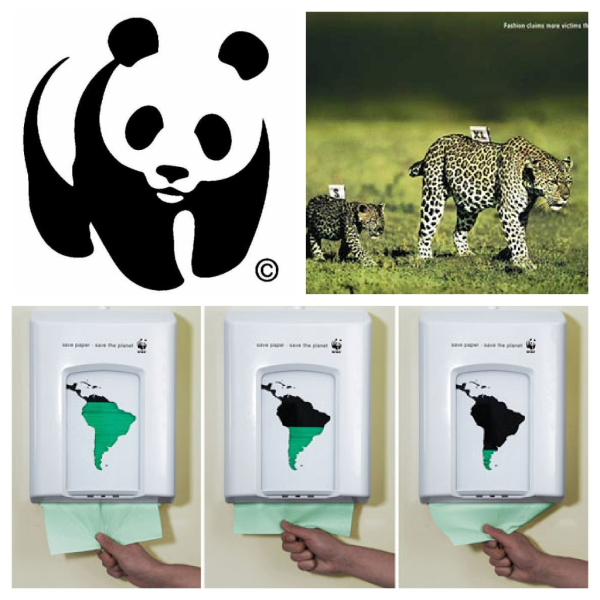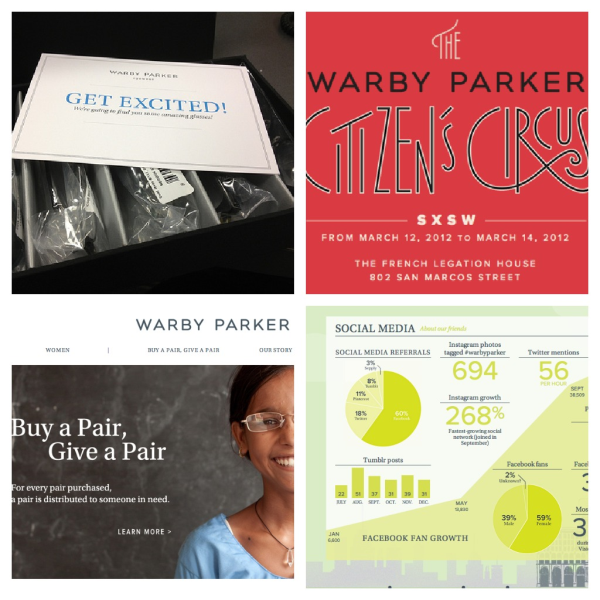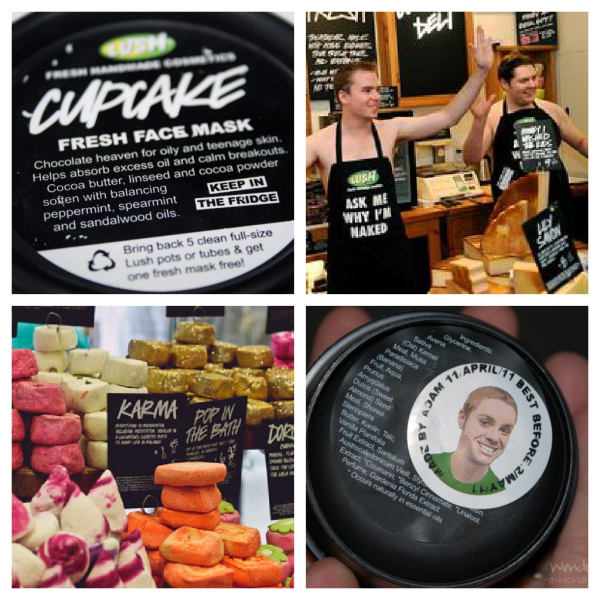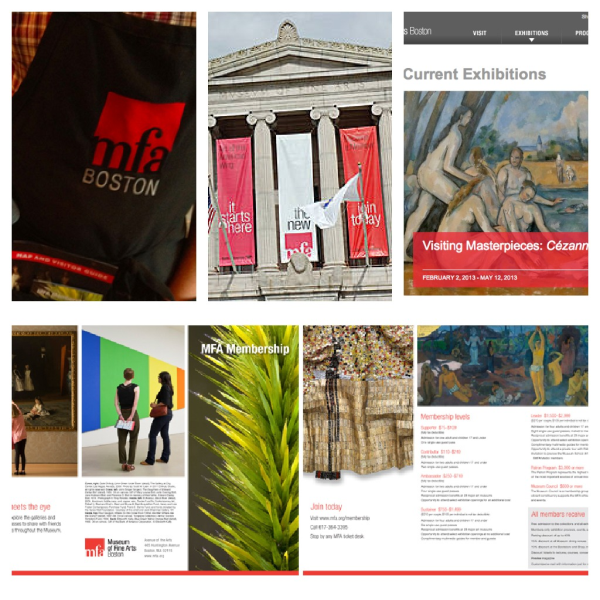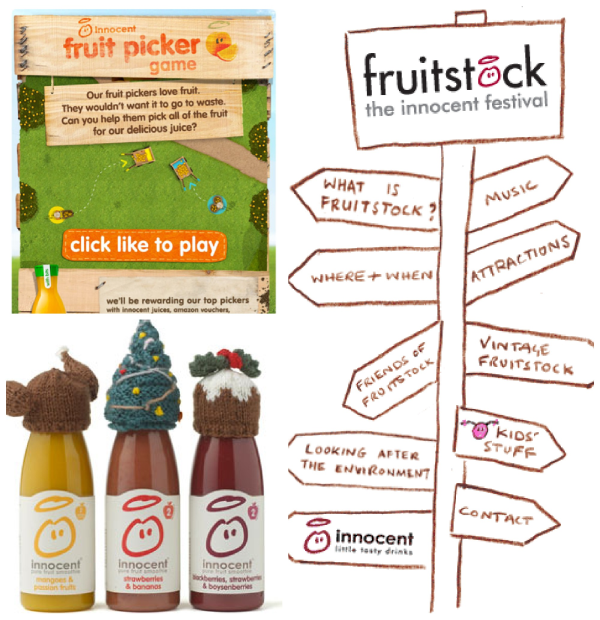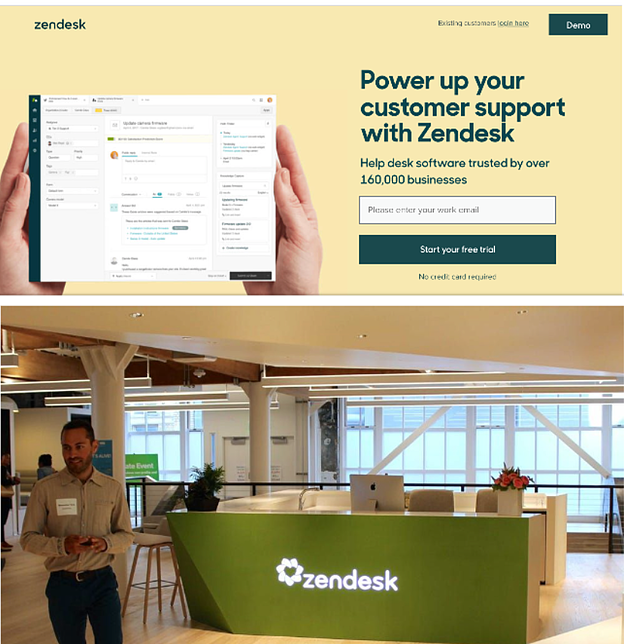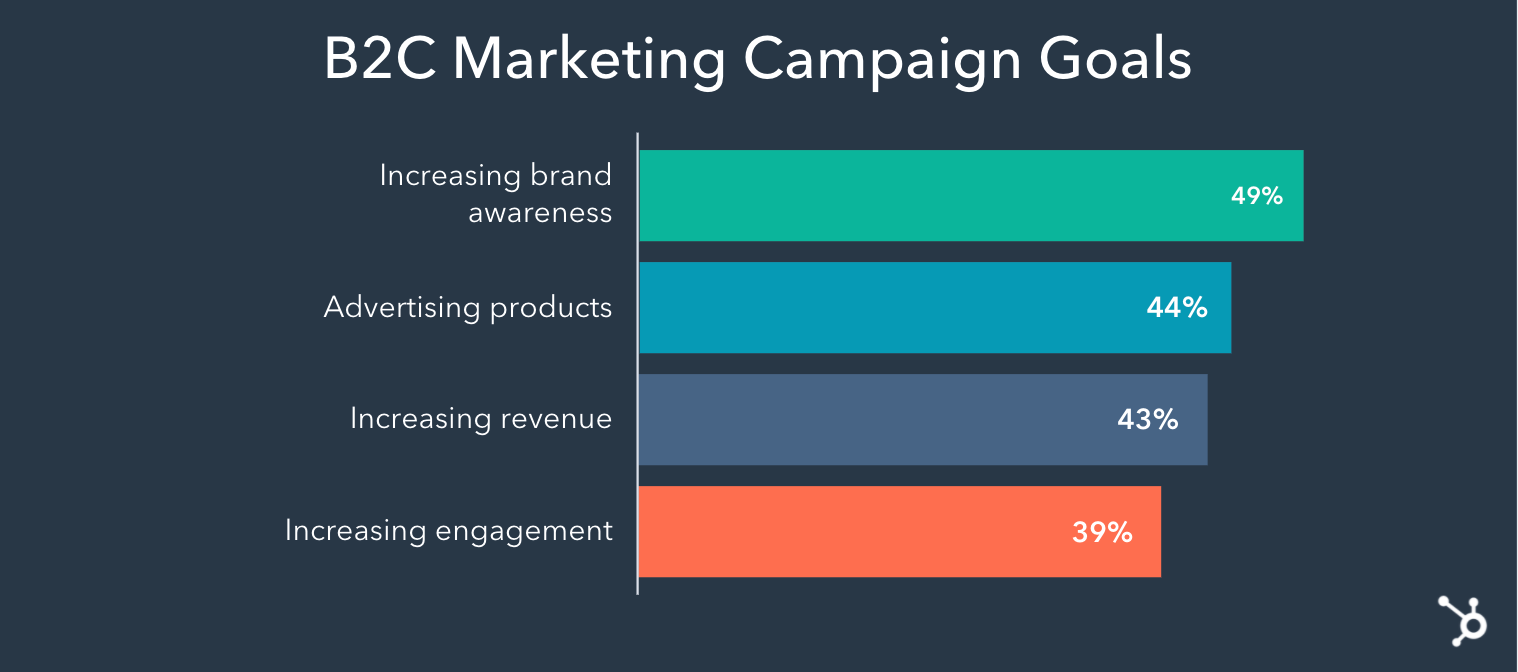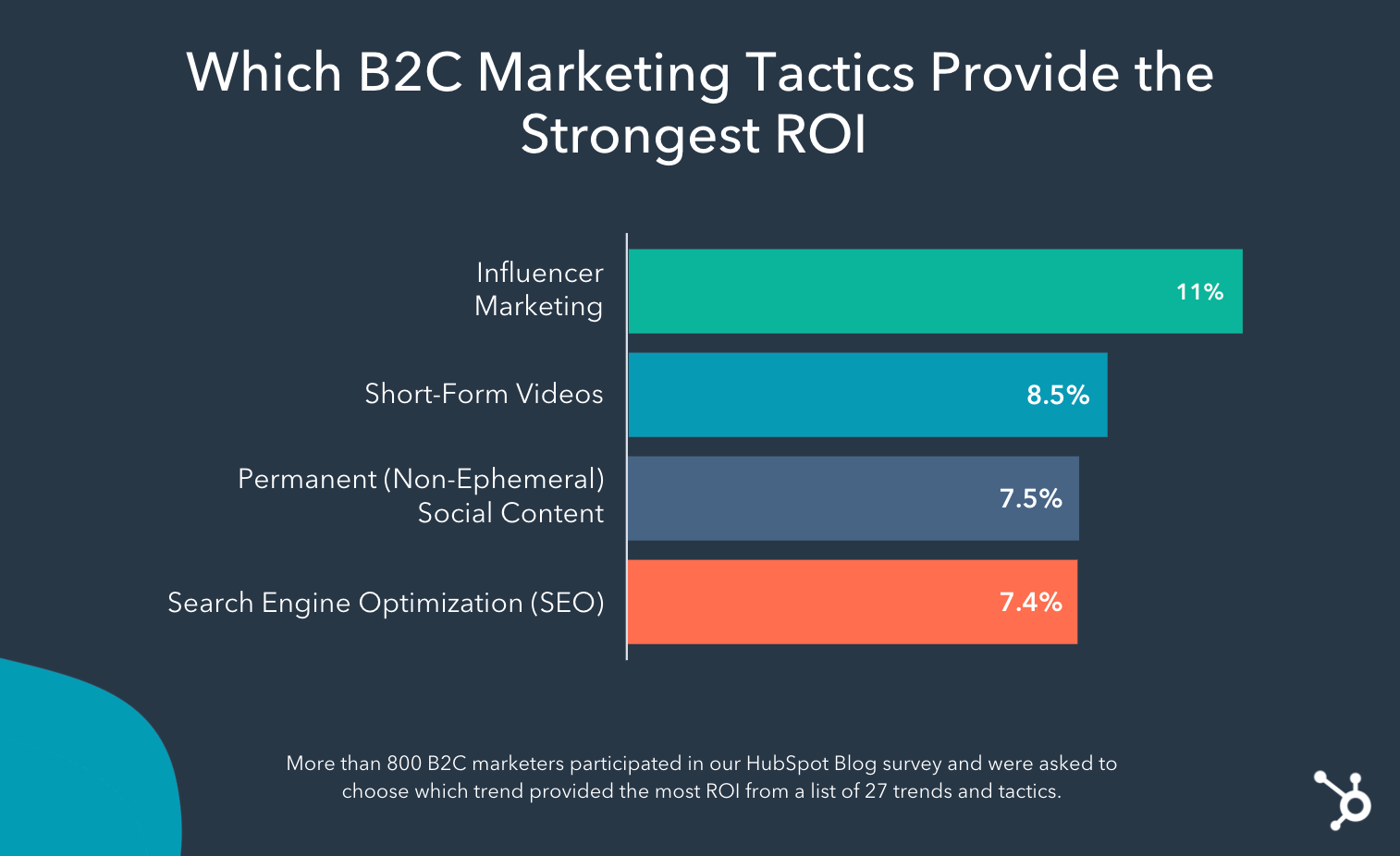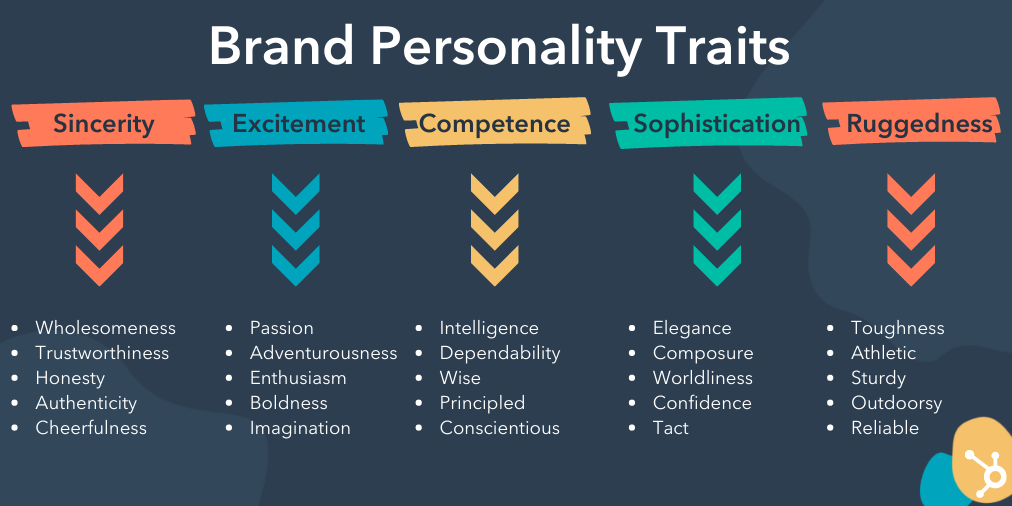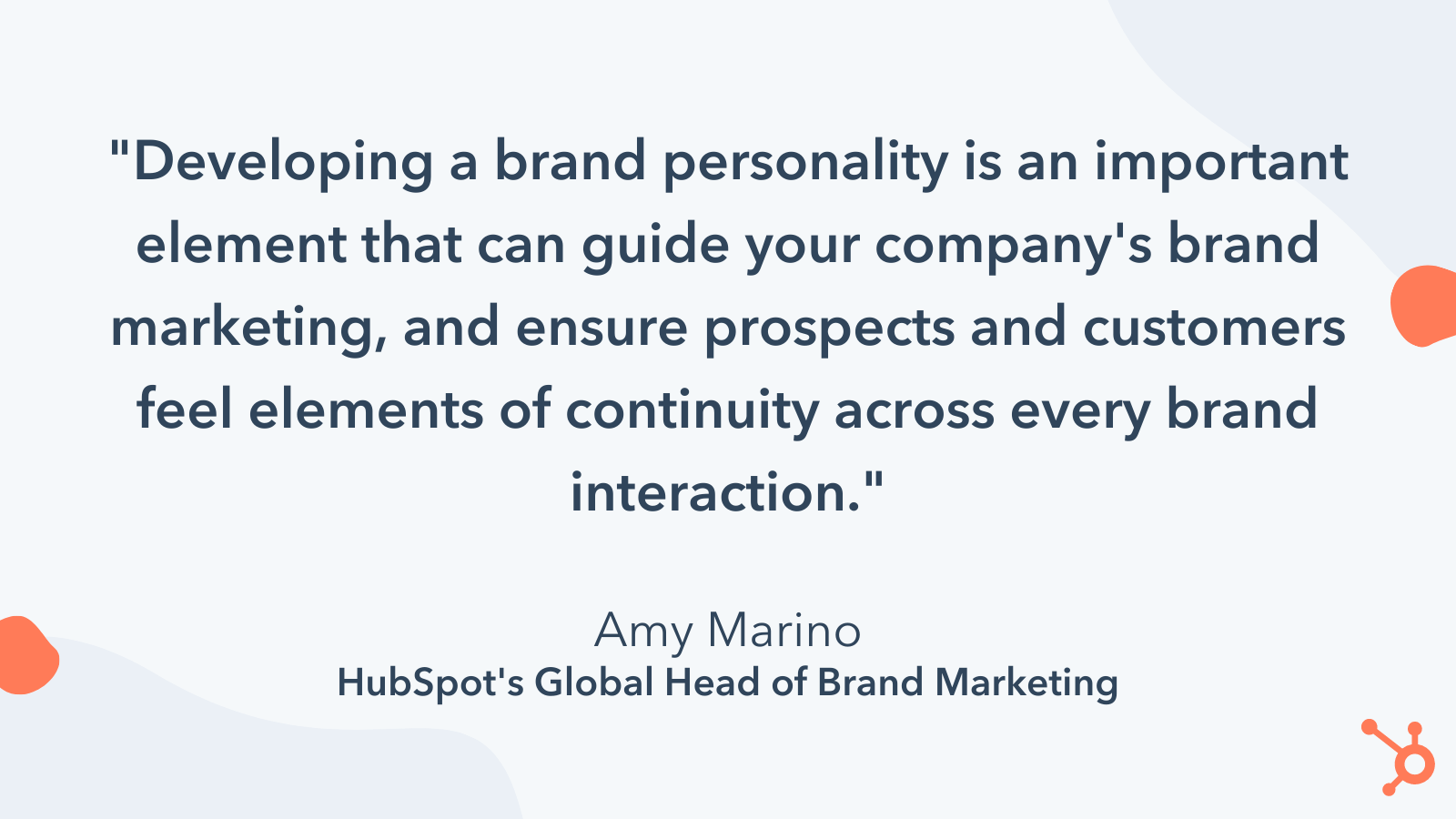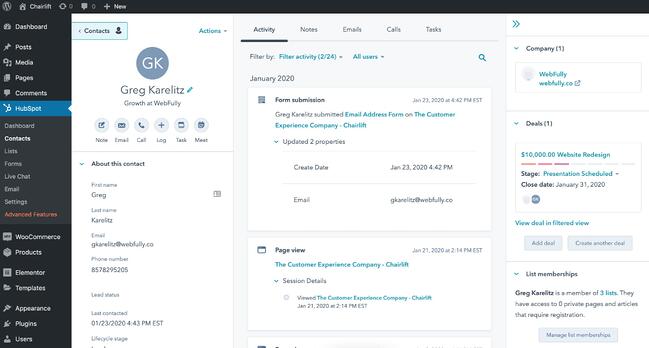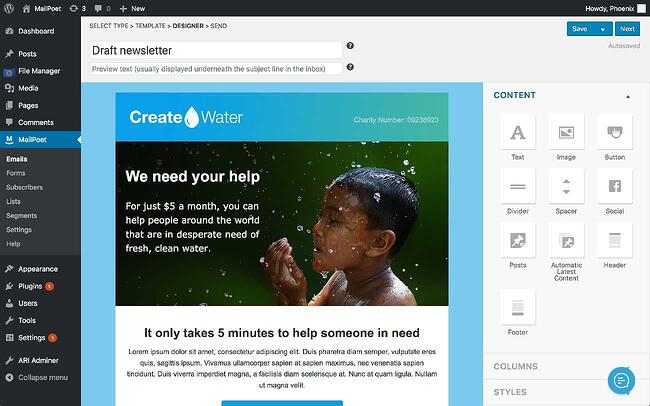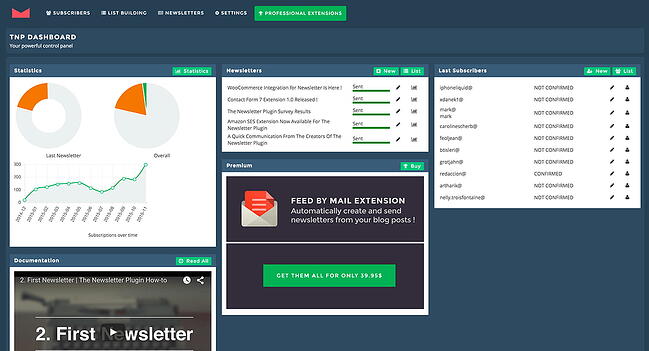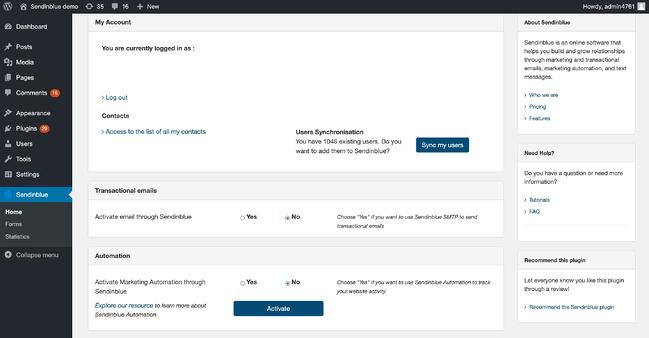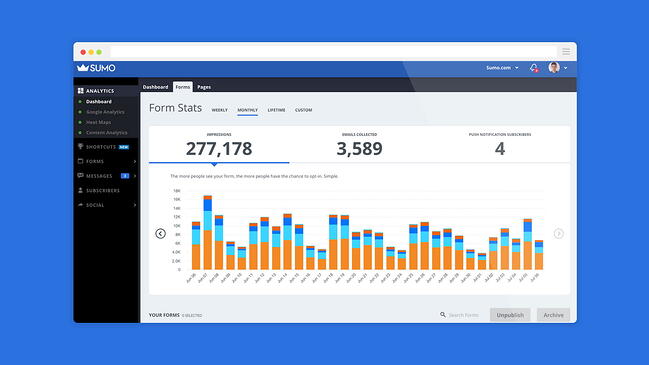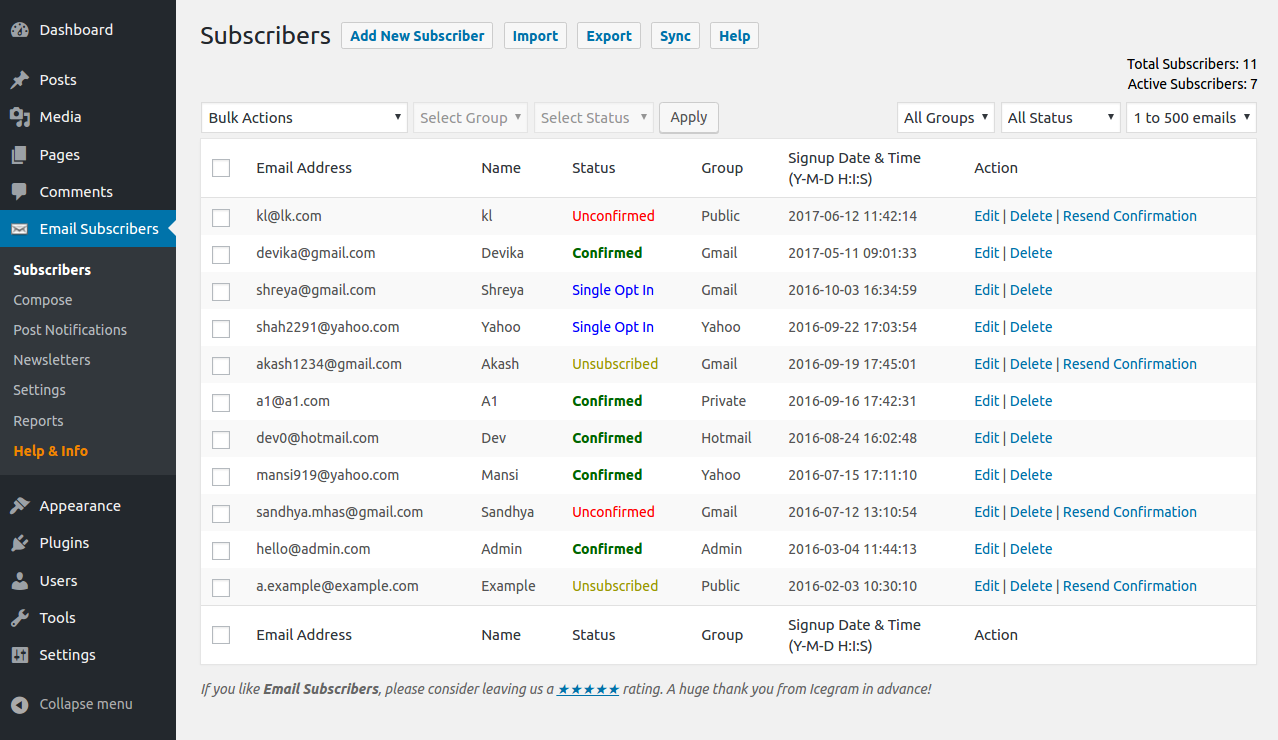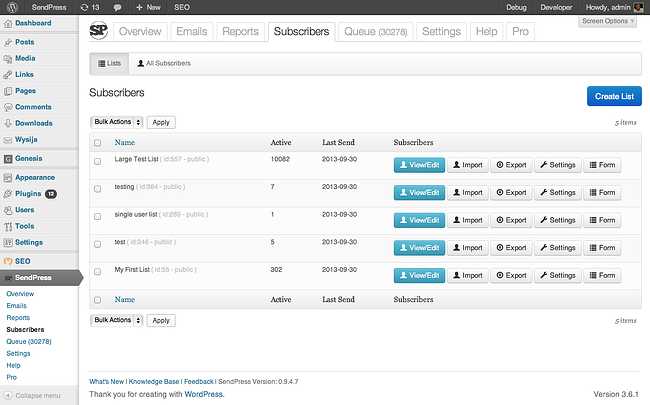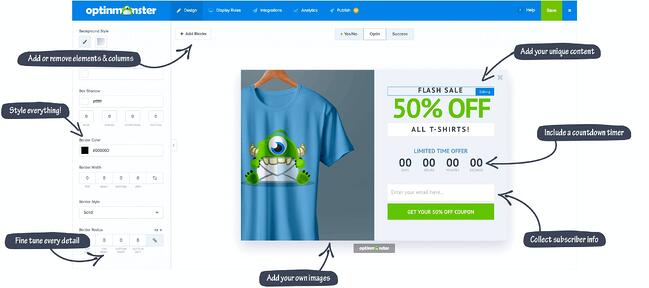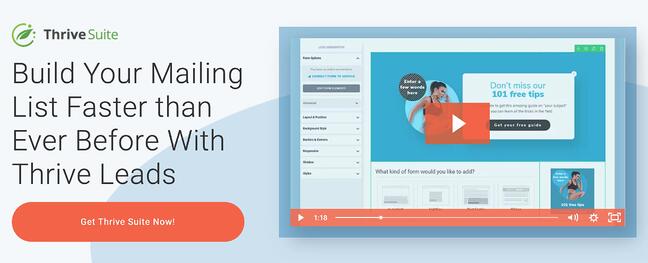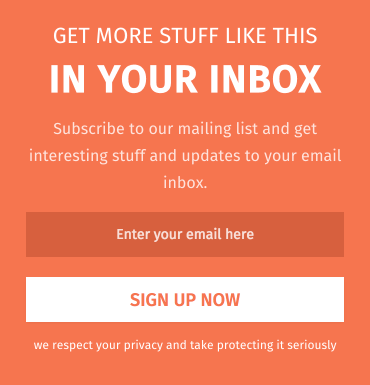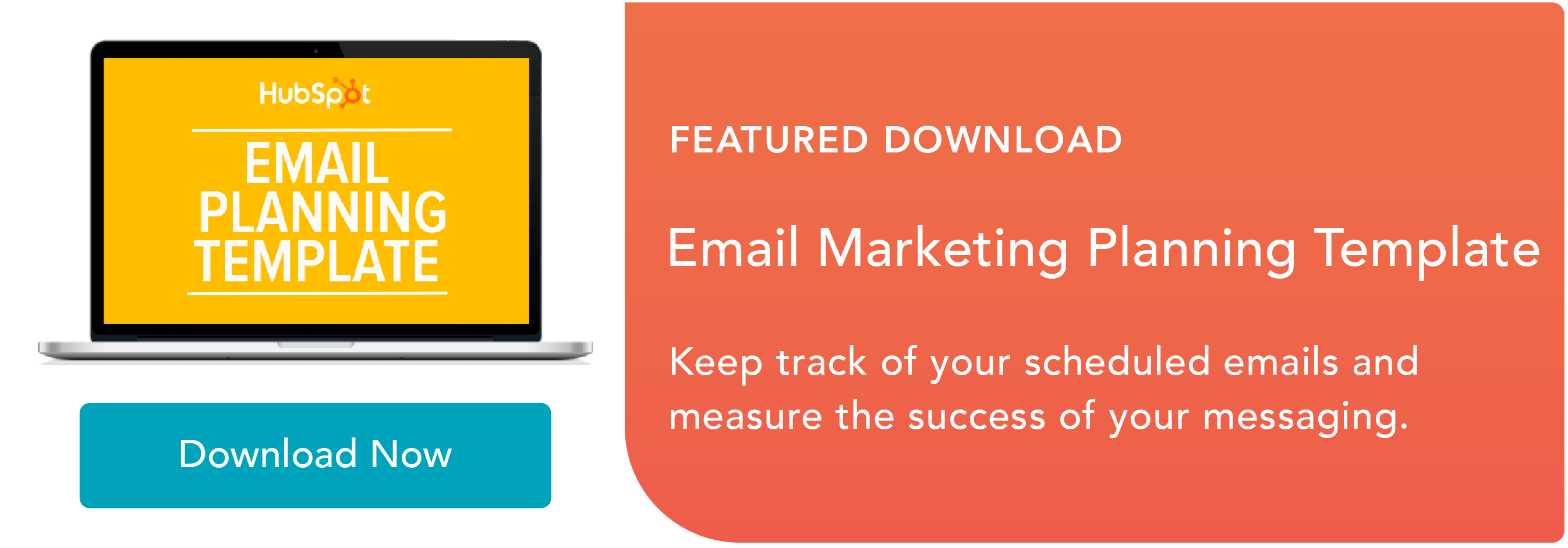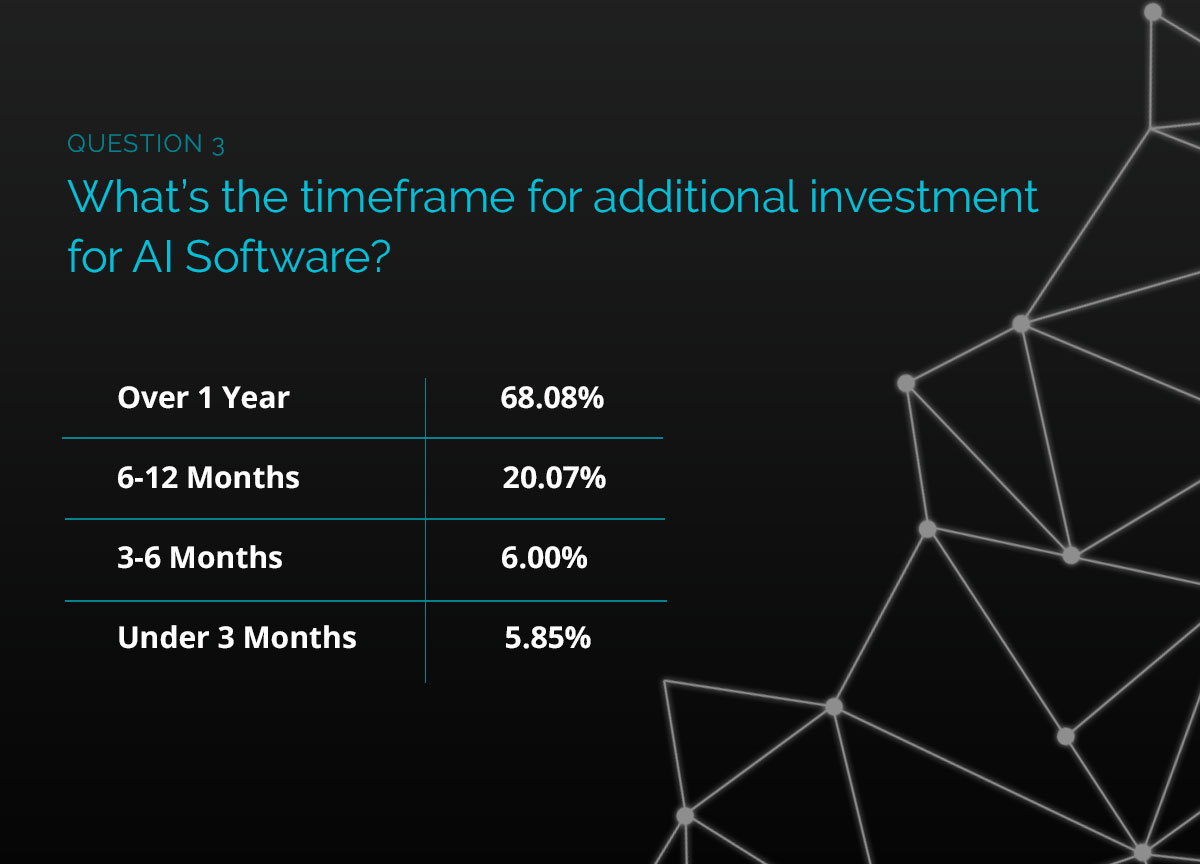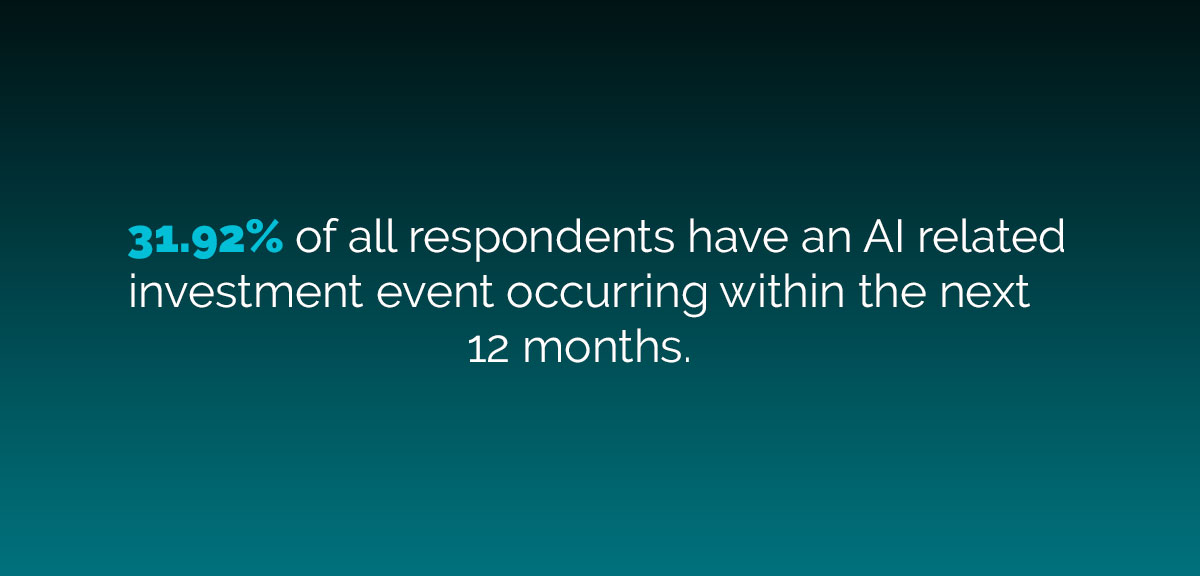Think back to a time you had to solve a problem but didn’t have all of the right information. What did you do? Situations like this pop up all the time at work and put your problem solving skills to the test.
As a marketing manager, one may think your job doesn’t revolve around problem solving. But it’s an essential part of putting out fires at work — and making sure there’s a process in place to prevent issues from happening again.
Whether you’re making decisions that affect an entire team or simply creating solutions for yourself, strong problem solving skills can help you grow as a person and a professional.
In this post, we’ll cover what it means to come up with creative solutions and how to hone the skills to approach problems like a pro.
What are problem solving skills?
Problem solving skills allow you to notice an issue, identify the root cause, design an effective solution, and successfully implement it. This includes the skills to evaluate whether or not your plan achieved the results you wanted.
The best problem solvers can anticipate problems before they arise and take action to prevent them or lessen the impact. They use logic to define what needs to change and creativity to propose innovative solutions.
Having strong problem solving skills can help you impress your manager, contribute unique ideas, and achieve your goals. It also means you can work through the core steps of solving a problem:
- Identify and define the problem.
- Come up with possible solutions.
- Evaluate the options.
- Choose the best solution.
- Implement the solution.
- Evaluate the outcome.
While there are many types of problem solving skills, many are considered soft skills that you develop over time. Think communication skills, people skills, social skills, and personality traits. For example, a marketing manager needs to be able to solve a conflict between team members or devise a plan to keep their campaigns going if the company marketing budget is cut.
While problem solving skills can require you to use your technical ability, you have to establish a number of specific soft skills to identify issues and implement solutions.
Problem Solving Skills Examples
No matter your career path, being an effective problem solver is beneficial for personal and career growth. Here’s a look at the skills you may use when solving a problem:
- Analysis
- Creativity
- Judgment
- Communication
- Organization
- Teamwork
- Evaluation
Problem Solving Skills Marketing Managers Need
A marketing manager who notices issues and makes decisions to solve them is a valuable addition to any company. This type of person gets things done and motivates others to do the same.
The further you grow in your career, the more problem solving skills you need to have in your toolkit. The higher up you get in an organization, decisions become riskier, solutions are often more vague, and the potential impact can be monumental to the company.
Let’s look at the top problem solving skills you need to be a successful marketing manager.
1. Analytical Skills
Solving any problem starts with analyzing the issue — you have to go beyond the symptoms of the problem to find the root cause.
Maybe your team is routinely going over budget on social campaign spend. Instead of micro-managing every detail, analytical skills help you dig into the problem to see what may be going wrong. You find that your social media coordinators can set up campaigns correctly, but they lack the basic budgeting skills to keep spending on track. So you devise a training program to teach them about profit, loss, and financial forecasting.
Being analytical can include a number of essential problem solving skills for marketers:
- Attention to detail
- Data collection
- Forecasting
- Research
- Fact-checking
- Historical analysis
2. Creativity
Once you discover the true problem, you can come up with the ideal solution. This is where you put your creative problem solving skills to the test. And for those who question whether creativity plays into solving problems, creativity is one of Indeed’s top 20 in-demand skills for 2021 across all industries and fields.
Sometimes the solution to a problem is not always straight-forward, and can require creative thinking and other points of view to be resolved.
Creativity comes in many styles. Engineers can create innovative code, and writers can come up with new blog styles. For marketing managers, creativity plays out in a number of problem solving skills:
- Brainstorming
- Curiosity
- Project design
- Project planning
- Editing the aesthetics of marketing materials
- Creating new promotional methods for products
- Planning and executing events
3. Judgment
With dozens of solutions before you, how do you choose the best one? Through exercising sound judgment. Developing good judgment lets you consider the nature of a problem, possible setbacks, costs and resources, decision makers, and how to implement a solution. You can compare between options and select the solution that’s right for each unique situation.
As a marketing manager, you can showcase your judgment skills through:
- Critical thinking
- Deduction
- Prediction
- Decision-making
- Discussion
- Corroboration
- Test development
- Authenticity
- Leadership
4. Communication
Communication skills are the foundation of problem solving and one of the top leadership skills. As a manager, you need to be able to articulate your opinions, brainstorm with a colleague, and give feedback to a direct report. Being a good communicator also helps you relay your decision on a solution and align everyone to tackle it together.
Without specific problem solving communication skills, issues can’t be resolved quickly and efficiently. That’s why to be an effective leader and expert problem solver, it’s important to make sure you have the following communication skills:
- Active listening
- Patience
- Persuasion
- Negotiation
- Mediation
- Clarity of expression
- Public speaking
- Reading body language
- Verbal communication
- Written communication
- Building rapport
5. Organization
Once you’ve chosen a solution to a problem and communicated it to your team, you still have to create a process to carry out your plan. Organization skills help you implement the steps everyone needs to take, which can improve alignment and efficiency.
Setting up a strategy for your solution uses a number of problem solving skills including:
- Prioritization
- Initiative
- Project management
- Project planning
- Time management
- Meeting facilitation
- Recording and filing information
- Creating strategic schedules
6. Teamwork
No marketing manager is an island. Teamwork is essential for working with others and contributing to a company’s mission. It’s necessary for exchanging ideas, delegating tasks, and working toward a solution.
Even if your role is largely independent work, you still need teamwork to collaborate with colleagues in different departments and keep your goals on track. But as a marketer, your role usually involves interacting with multiple people (if not dozens) per day. So you need to develop the skills that will make everyone want you on their team.
- Collaboration
- Delegation
- Giving and receiving feedback
- Goal setting
- Dependability
- Resource allocation
- Prioritizing tasks
- Setting expectations
- Assessing employee strengths and weaknesses
- Setting expectations
- Performance evaluation
- Identifying outcomes
- Trust
- Respect
7. Evaluation
When problem solving, evaluation skills let you assess if a solution is working and help you make the necessary adjustments. These are similar to analytical skills, but often require more patience and flexibility in case your strategy didn’t go as planned. It’s important to know whether or not your plan is working as quickly as possible so you can pivot and try another solution.
- Data analysis
- Adaptability
- Creating and evaluating surveys
- Customer feedback
- Follow-through
- Troubleshooting
- Resilience
- Integrity
- Identifying patterns
- Open mindedness
How to Improve Problem Solving Skills
Developing your problem solving skills isn’t as straightforward as mastering Excel. But marketing managers can take several steps to improve their skills and advance their careers.
Question your decisions.
Relying on your gut instinct isn’t the path to expert problem solving skills. Instead, try taking time to consciously question why you make decisions and what the outcomes may be if you choose one option over another. You can ask yourself:
- How important is this decision?
- How will this impact me a year from now?
- What’s the worst thing that could happen?
- What effect will this decision have on my team and the company?
- What can I do if I make the wrong decision here?
Look for opportunities to solve more problems.
Many experiences in your personal and professional life help you hone your problem solving skills, often without you even realizing it. You can gain or improve your skills by doing any of the following:
- Figuring out a technical problem with your phone or computer.
- Taking up a DIY project you’ve never tried before.
- Resolving a customer or employee complaint.
- Organizing a team bonding activity, overcoming obstacles along the way.
- Acting as a mentor for direct reports and helping them tackle their problems.
- Re-budgeting your finances to fund an out-of-the-blue trip.
- Finding out why there’s been a dip in activity on your company’s social media channels.
Find models and games to improve your problem solving skills.
A combination of proven models and fun mental games can help you develop problem solving skills. Some can hone your decision-making abilities, while others let you determine the cost of the possible solutions. Depending on which set of skills you want to improve, look to options like:
- 5 Whys (root cause analysis)
- Fishbone diagram (cause and effect analysis)
- Brainwriting (brainstorming technique)
- Starbursting (exploratory brainstorming)
- Hurson’s Productive Thinking model (creative problem solving)
- Lego Master (decision-making and communication)
- Escape Room (group communication and collaboration)
- Line-Up (non-verbal communication)
- Hackathons (brainstorming and creativity)
Demonstrating Problem Solving Skills
Knowing how to solve problems at work is not only crucial for contributing to company goals — it’s also a must-have for moving to management positions. That’s why it’s important to highlight the skills you already have. This includes adding problem solving skills to your resume and showcasing your abilities during job interviews.
Whether you’re looking for a marketing manager role or wondering what to say next time an opportunity to advance at your current company opens up, start with the STAR method. It’s designed to help you think through your experiences so you can articulate your specific problem solving skills. Make sure to give an overview of a challenge you had to overcome, how you approached it, what solution you found, and what outcome you achieved.
Honing your problem solving skills makes you more valuable as a manager and team member. So putting in time to develop the skills most relevant to your current (and future!) roles can make it easier to climb the ladder and come up with efficient, effective solutions.
![]()

![→ Click here to download leadership lessons from HubSpot founder, Dharmesh Shah [Free Guide].](https://i4lead.com/wp-content/uploads/2021/11/4e634041-e1ce-4a85-8e65-aea12fc10b84.png)
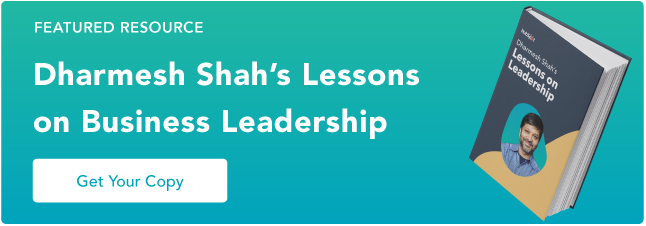

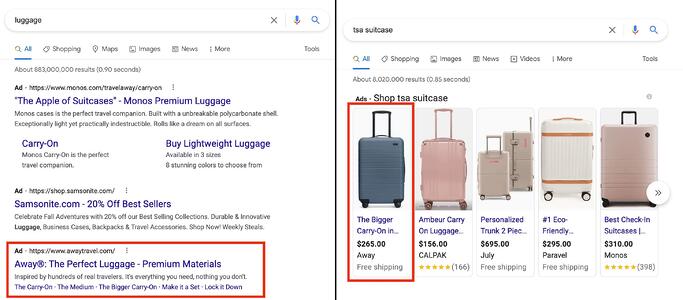

![→ Click here to download our free guide to hiring and training a team of all-stars [Free Ebook].](https://i4lead.com/wp-content/uploads/2021/11/c42148d7-13dd-4c38-b907-cff1602ee62f.png)
